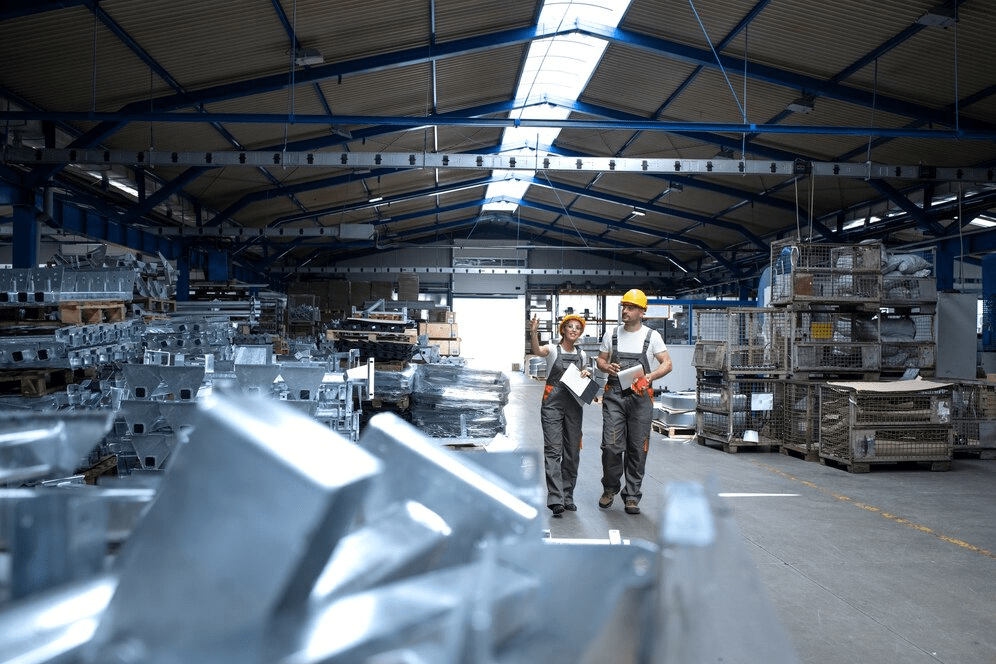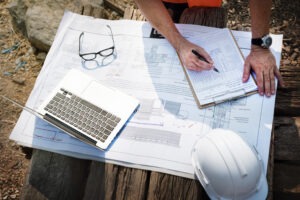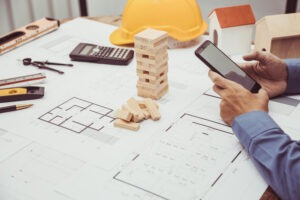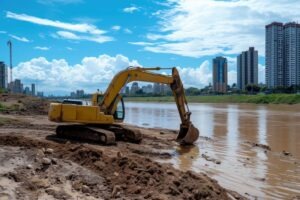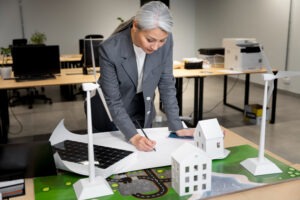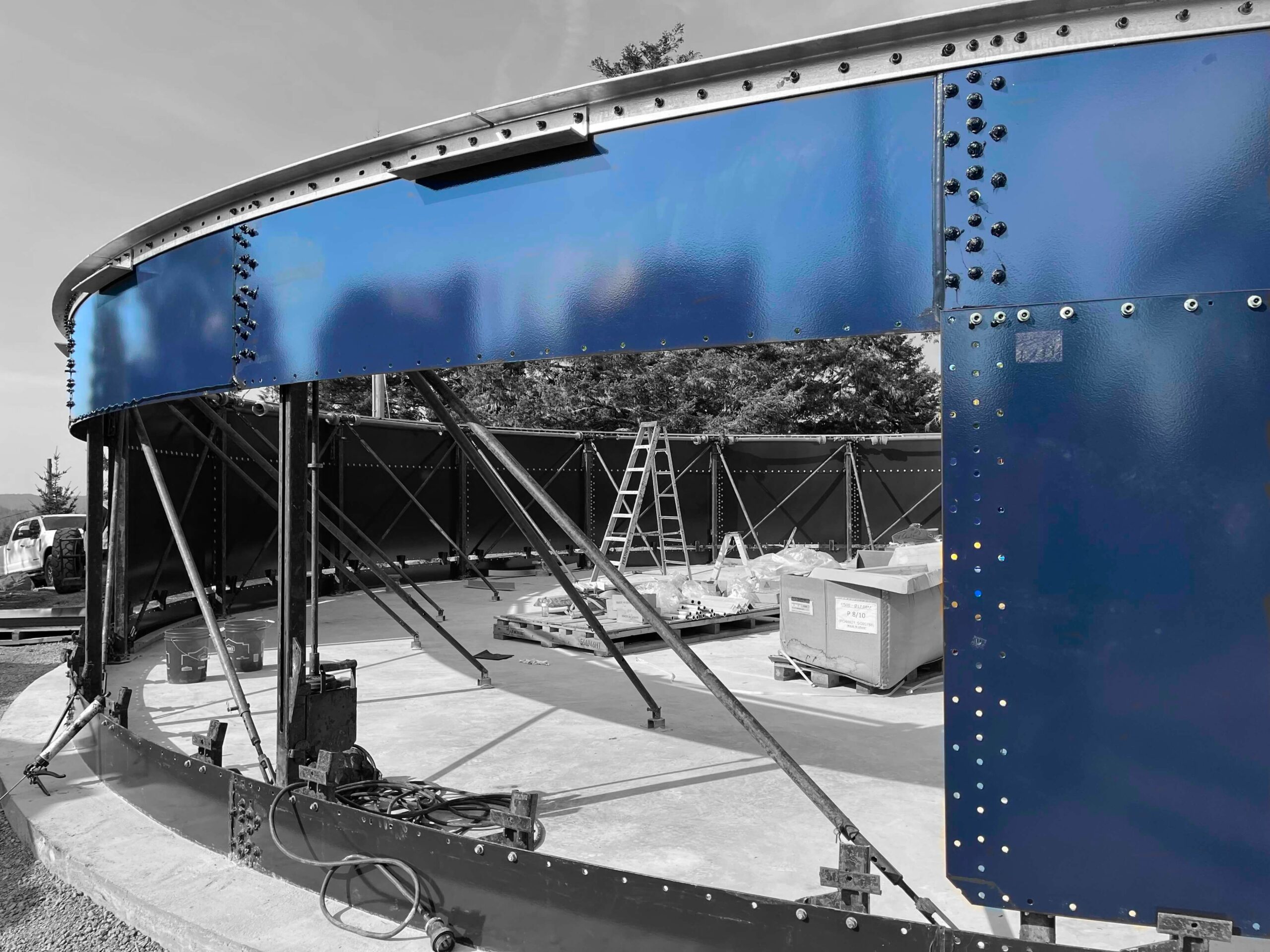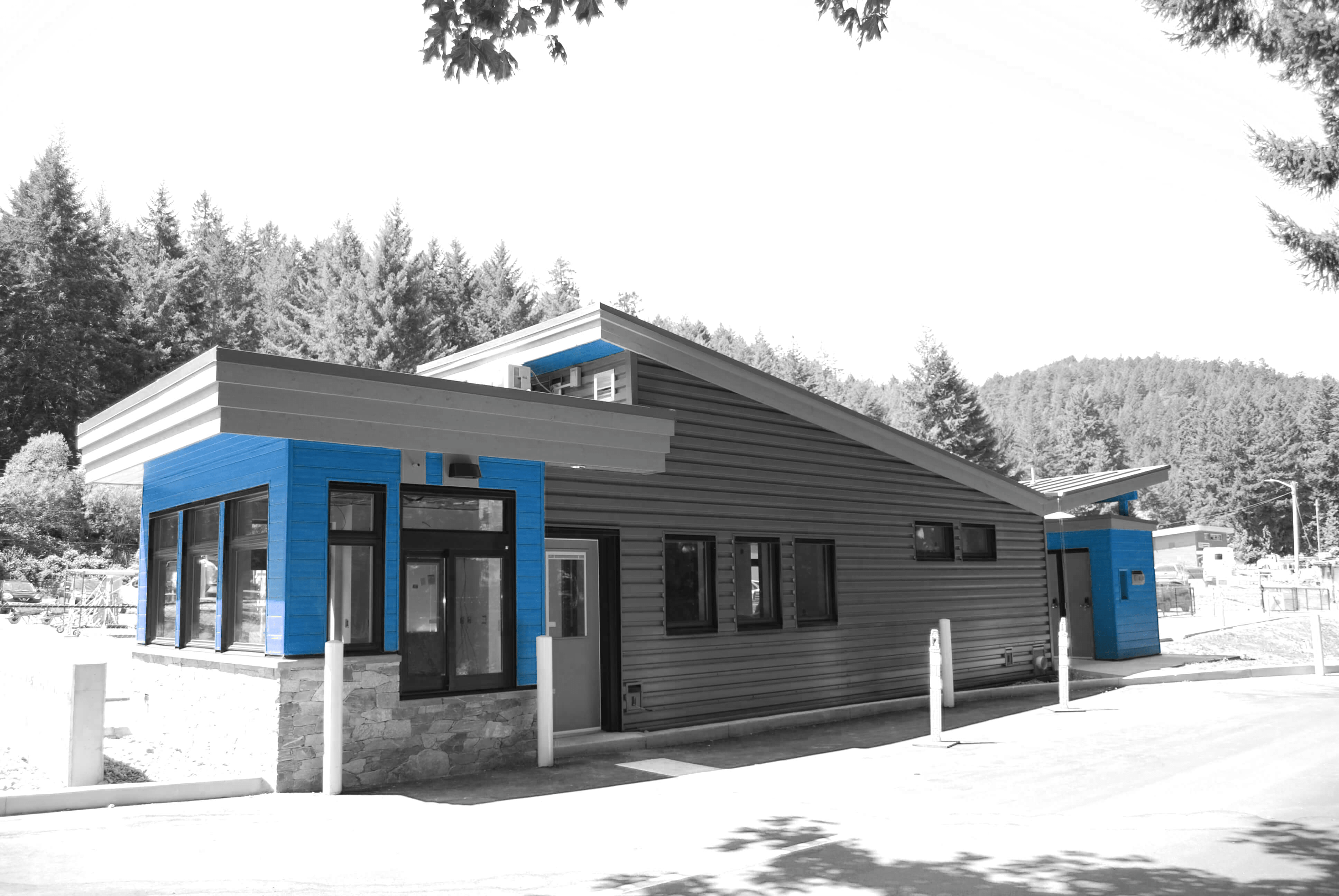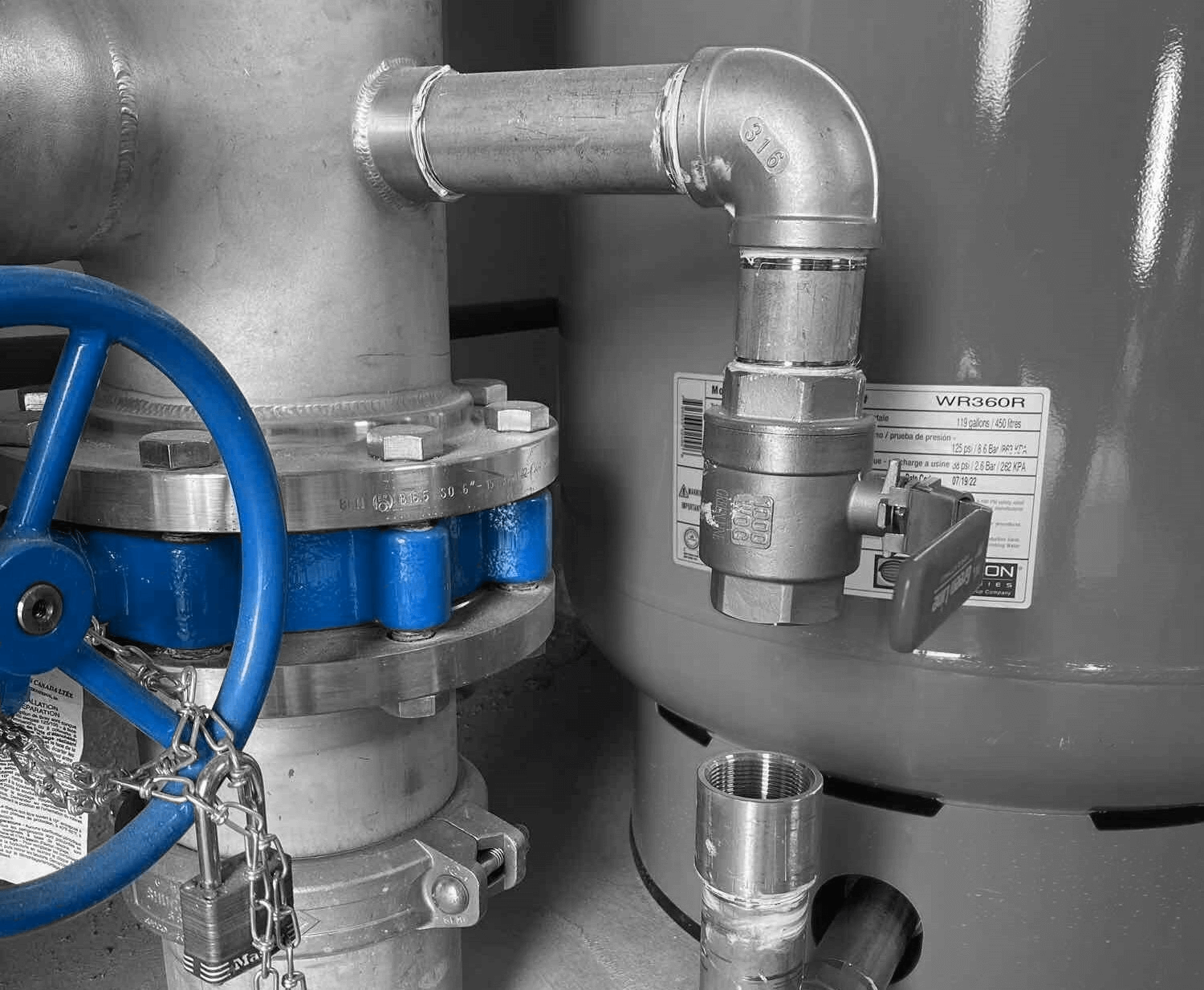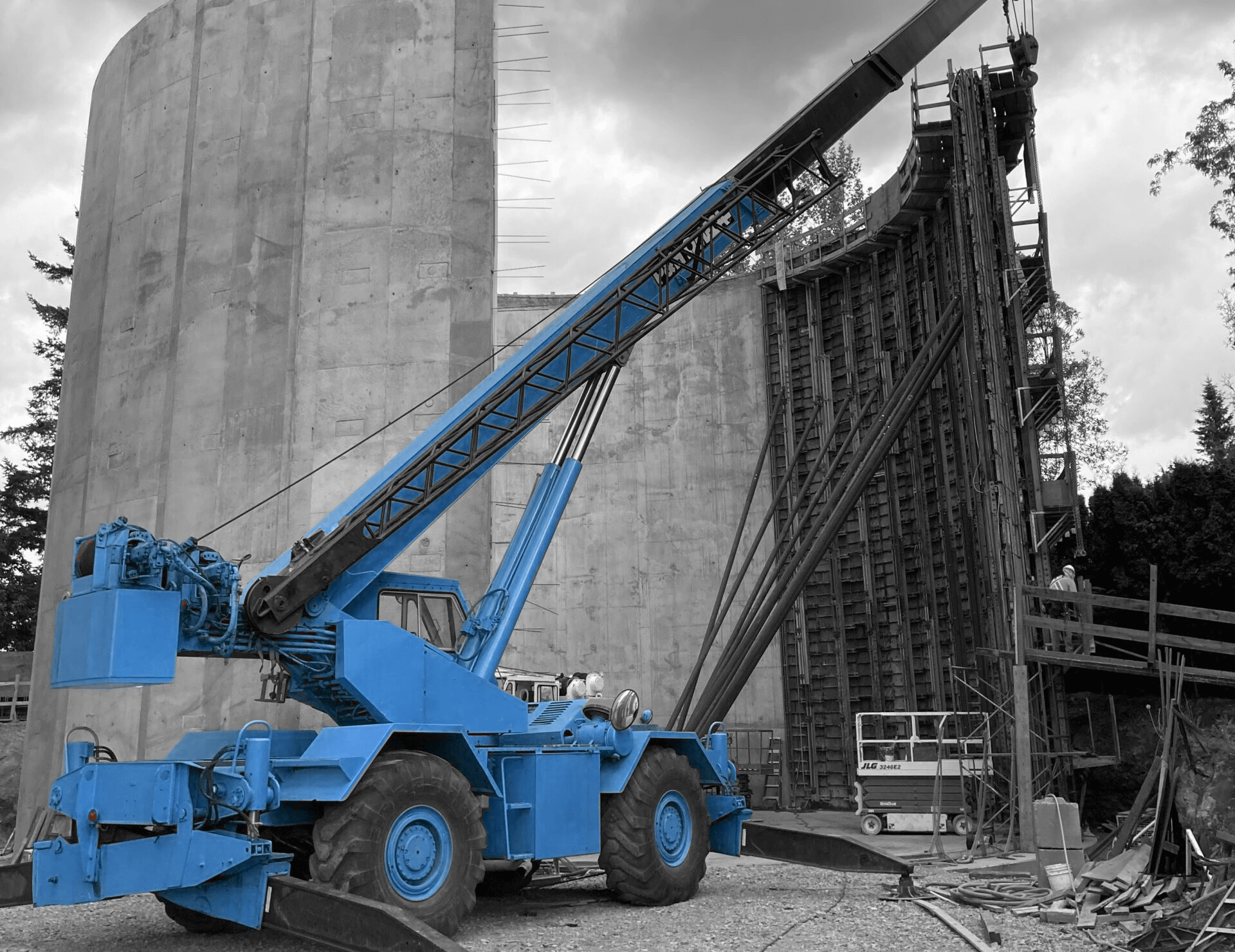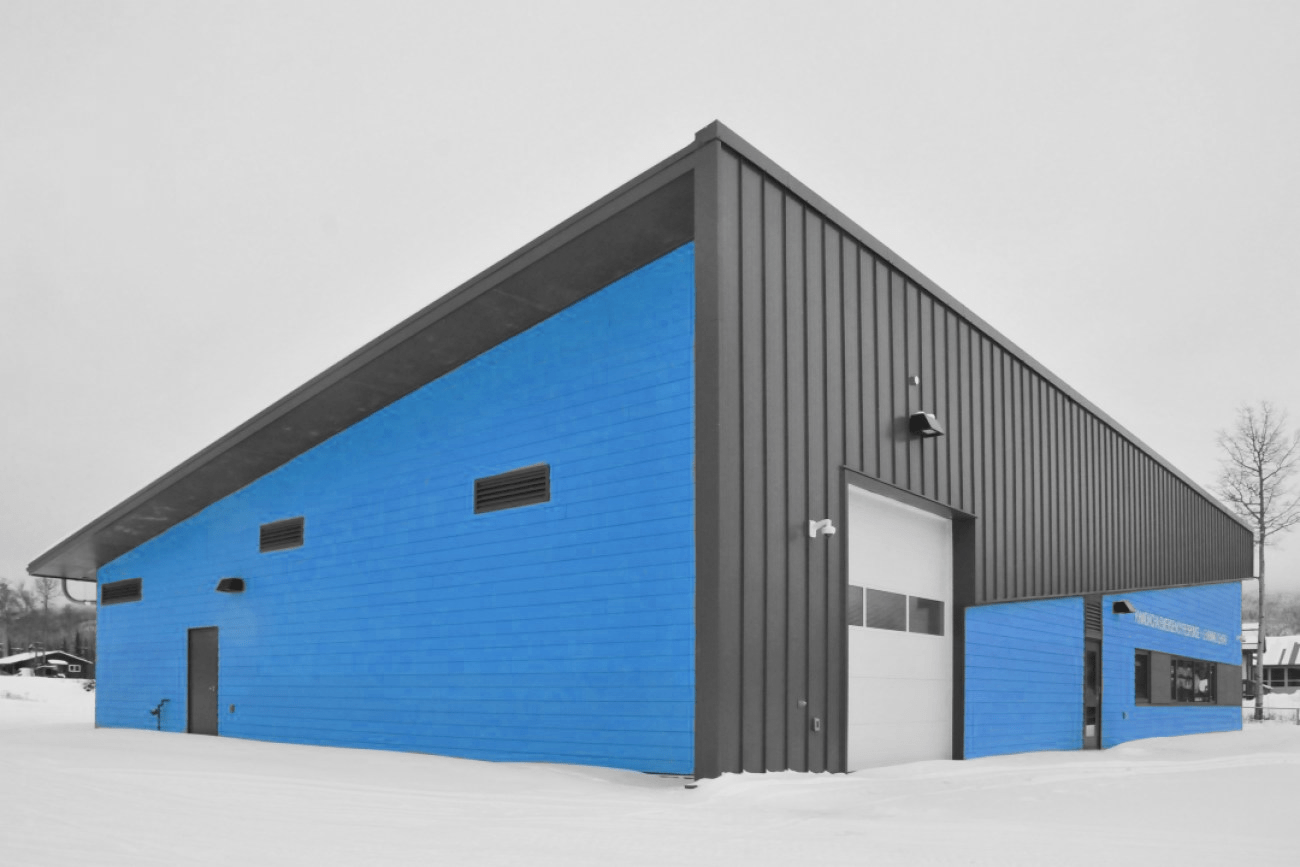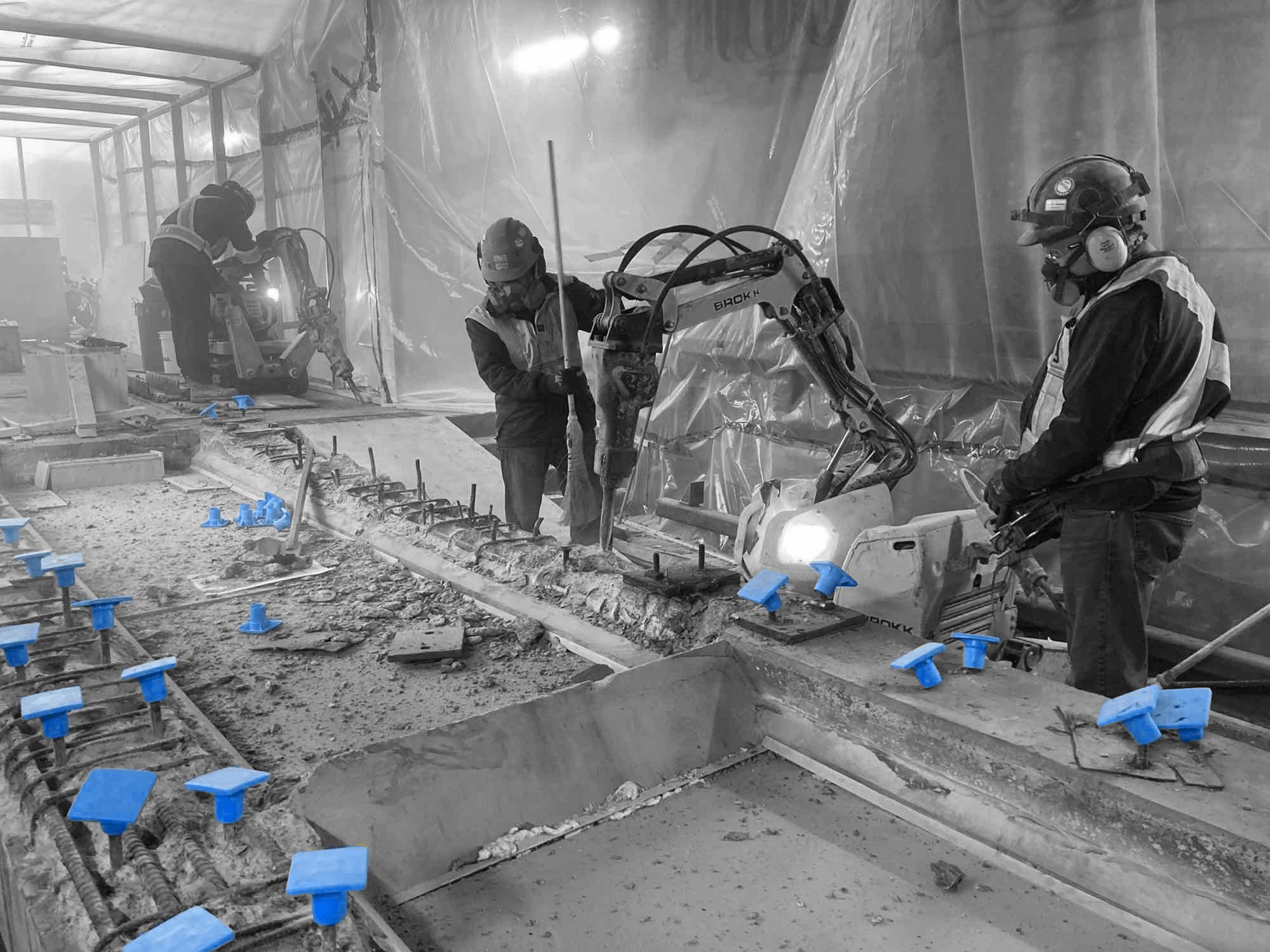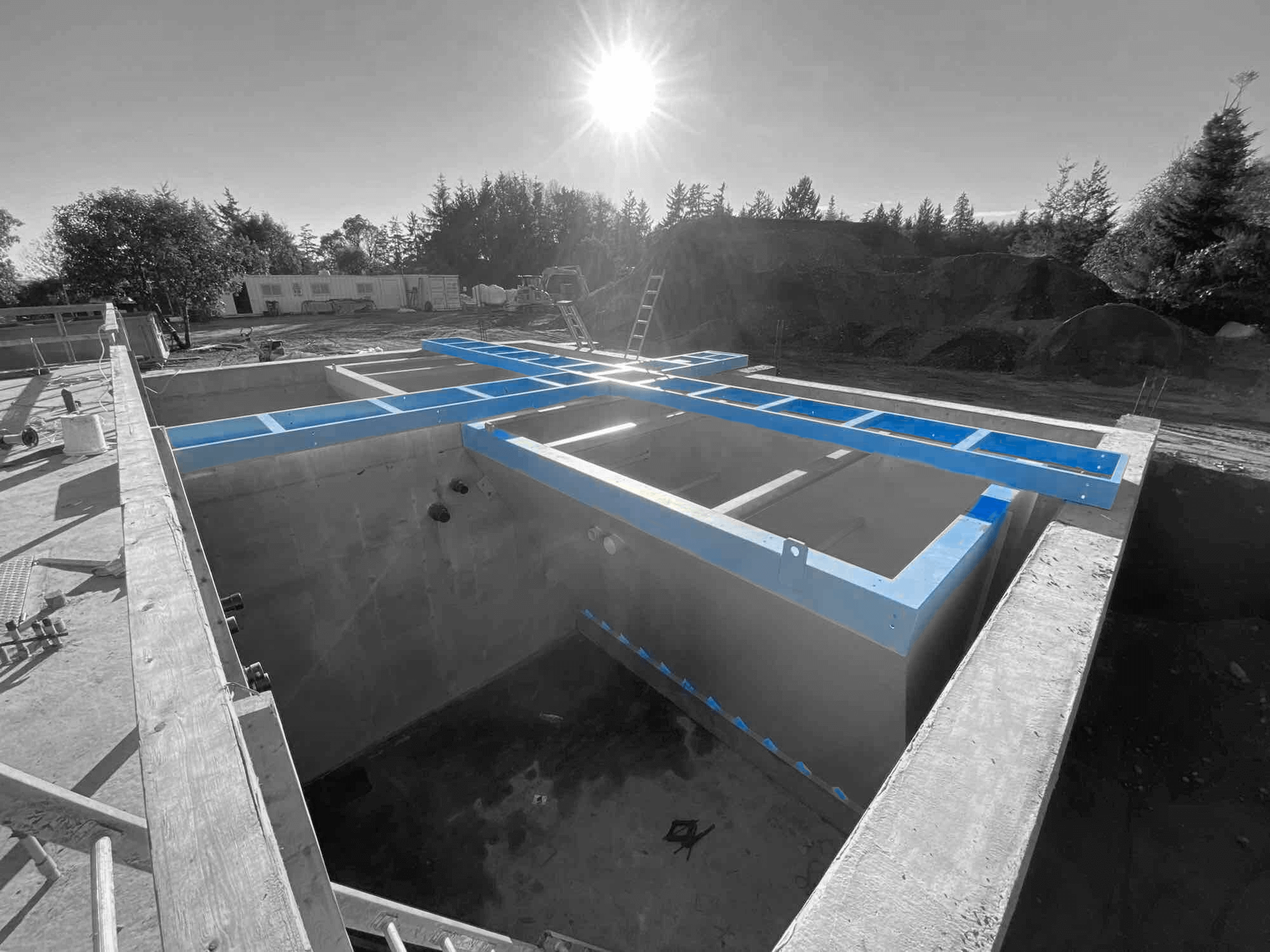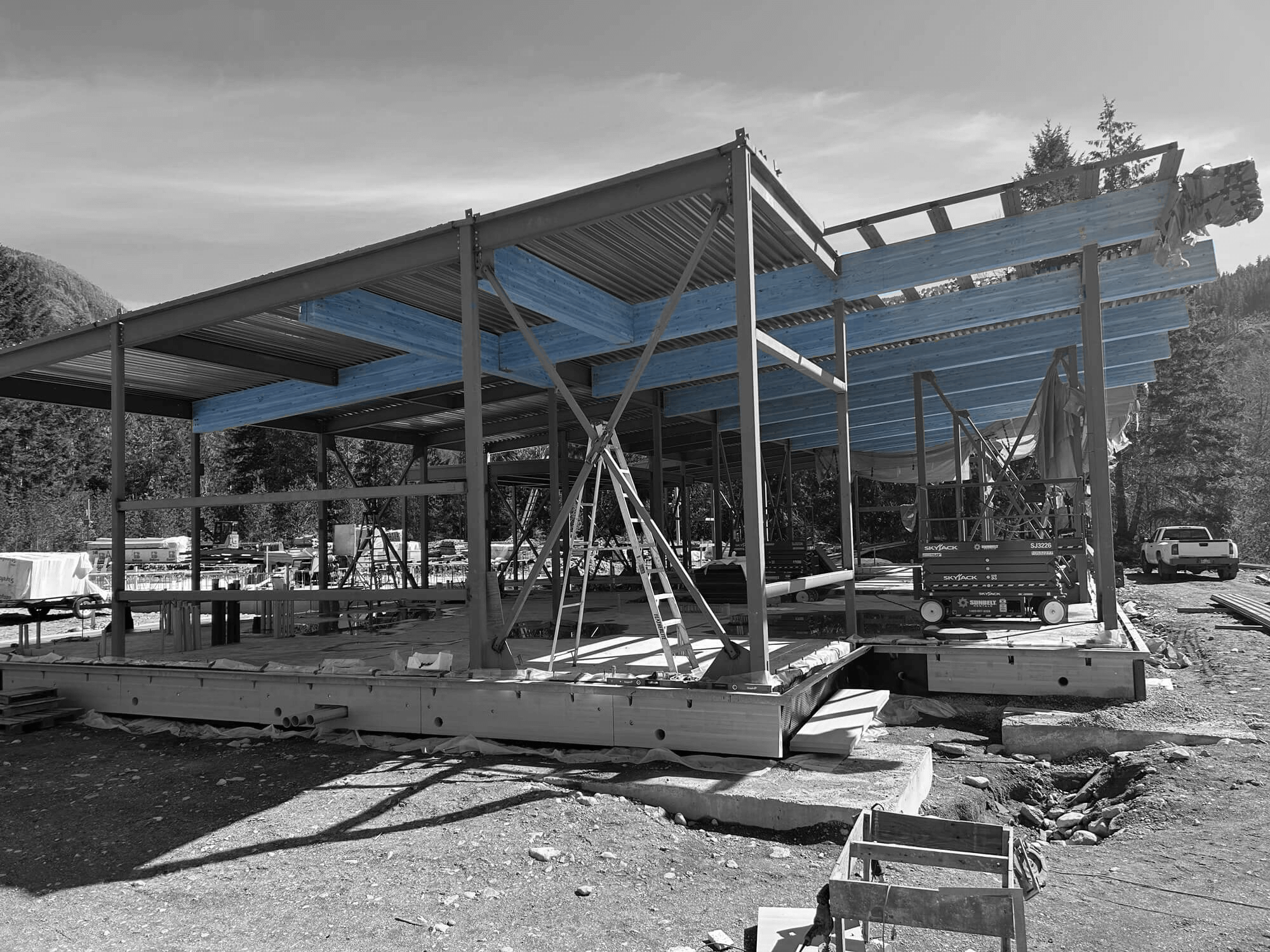Steel buildings have become the top choice for constructing factories in various industries. Their strength and durability make steel buildings ideal for housing heavy machinery and handling high-stress operations. These buildings are designed to meet the specific needs of factory work, providing a safe and efficient environment for production activities.
Advantages of Steel Buildings for Factories
Steel buildings offer numerous advantages that make them ideal for factories. Firstly, they are incredibly strong and durable. Steel can withstand extreme weather conditions, such as heavy snow and strong winds. This strength ensures that the factory remains safe and functional throughout the year.
Another major advantage is the speed of construction. Steel buildings are often pre-engineered, meaning many components are made off-site and then quickly assembled on the construction site. This reduces the overall construction time, allowing businesses to start their operations sooner and avoid extended downtimes.
Additionally, steel buildings are highly customizable. They can be designed to meet specific factory requirements, whether it’s for machinery layout, storage space, or worker facilities. The flexibility of steel structures also makes it easy to expand or modify the building as production needs evolve.
Steel buildings are also cost-effective. They require less maintenance compared to traditional buildings made of wood or concrete. Steel is resistant to pests like termites and does not rot. This reduces repair costs over the building’s lifespan. Furthermore, the energy efficiency of modern steel buildings can lower utility bills, offering long-term savings.
Key Features of Steel Buildings
Steel buildings boast several key features that make them suitable for factories. One such feature is their excellent structural integrity. Steel’s high strength-to-weight ratio means that buildings made from steel can support heavy loads without requiring large support columns. This results in spacious interiors that are ideal for large machinery and equipment.
Fire resistance is another crucial feature of steel buildings. Steel does not ignite or spread fire, which adds an extra layer of safety to the factory environment. Many steel structures are also treated with coatings that enhance their resistance to fire, further protecting the building and its contents.
Insulation is another important aspect. Modern steel buildings can be fitted with high-quality insulation materials that help regulate indoor temperatures. This is particularly beneficial for factories, where maintaining a stable temperature is crucial for both worker comfort and machine performance.
Steel buildings also offer excellent flexibility in design. They can incorporate various architectural styles and finishes, providing a professional appearance. Features like large doors, skylights, and ventilation systems can be easily integrated into the design. This allows factories to operate more efficiently.
Design and Construction Process for Steel Factories
Building a steel factory involves several carefully planned steps. The first step is the design phase. In this phase, architects and engineers work together to create detailed plans. They consider factors like the layout of machinery, workflow, and safety requirements. The goal is to design a building that meets all operational needs while staying within budget.
Next comes the pre-engineering phase. During this stage, parts of the steel building are manufactured off-site. This includes cutting, welding, and drilling steel components to precise specifications. Pre-engineering ensures that all parts fit together perfectly during assembly, speeding up the construction process.
Once the components are ready, the construction phase begins. Workers transport the steel parts to the site and assemble them following the pre-engineered plans. The structure goes up quickly thanks to pre-fabricated parts. This minimizes disruptions and reduces the time the site is under construction.
After the main frame is in place, additional features like insulation, windows, doors, and ventilation systems are installed. Finally, the building is inspected to ensure it meets all safety standards and specifications.
Future Trends in Steel Building Construction for Industrial Use
Steel building construction continues to evolve, embracing new technologies and methods. One rising trend is the use of green building practices. As industries become more eco-conscious, the demand for sustainable buildings grows. Steel buildings are easily recyclable and can incorporate energy-efficient systems like solar panels and advanced insulation.
Another exciting trend is the integration of smart technology. Modern steel factories can be equipped with sensors and automation systems that monitor and control various aspects of the building. For instance, automated climate control systems can maintain optimal temperatures for workers and machinery, improving operational efficiency.
Prefabrication is also becoming more sophisticated. Advances in design software and manufacturing processes allow for even more precise and efficient construction. 3D modelling helps identify potential issues before they arise, reducing errors and waste.
Stronger and lighter steel alloys are being developed, offering increased durability without adding weight. This innovation allows for more flexibility in design while maintaining structural integrity. As technology and sustainability drive new trends, steel building construction will likely continue to improve, offering even greater benefits for industrial use.
Conclusion
Choosing a steel building for your factory means investing in a structure that will serve you well for years to come. Whether you need to adapt to changing production needs or incorporate cutting-edge technology, steel buildings offer the flexibility and durability required for modern factories.
If you are considering building or upgrading a factory, explore the benefits of steel building construction with Industra Construction Corp. Contact us today to learn how we can help you create a strong and efficient industrial facility.


